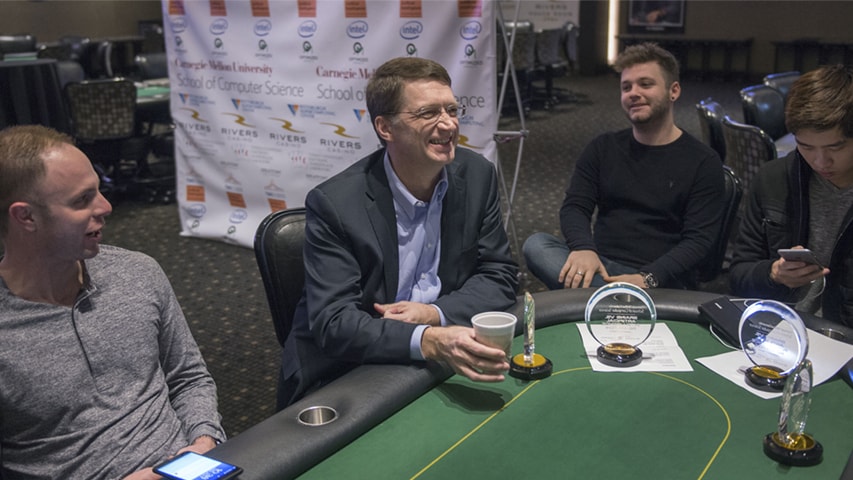Classmate Alan Yan provides the following article, "The Meaning of Decentralization," which was just posted on Medium. It's extensive but contains a lot of helpful sections; for example, here's a breakdown of the types of software distribution, included a few paragraphs in.
- Architectural (de)centralization — how many physical computers is a system made up of? How many of those computers can it tolerate breaking down at any single time?
- Political (de)centralization — how many individuals or organizations ultimately control the computers that the system is made up of?
- Logical (de)centralization— does the interface and data structures that the system presents and maintains look more like a single monolithic object, or an amorphous swarm? One simple heuristic is: if you cut the system in half, including both providers and users, will both halves continue to fully operate as independent units?



















